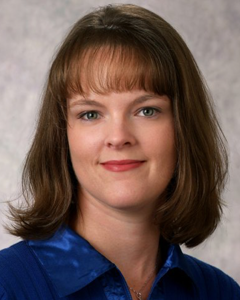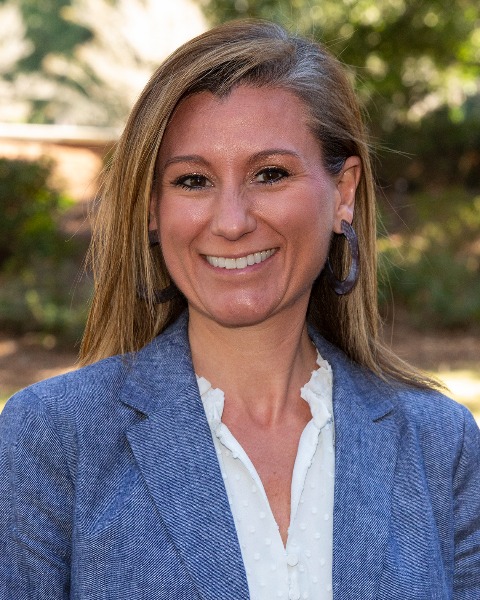Adult Diagnostic (AD)
(PP1609) Current Trends in Extended High-Frequency Testing in Audiology Clinical Practice

Tara Davis, PhD
Associate Professor
University of South Alabama
Mobile, Alabama, United States
Elizabeth M. Adams, PhD
Department Chair & Interim Director of Graduate Studies
University of South Alabama
Mobile, Alabama, United States- TP
Taylor Paige, AuD
University of South Alabama, United States
- SH
Sarah Herrin, BS
Au.D./Ph.D. Student
University of South Alabama, United States
Lead Presenter(s)
Presenter(s)
The use of extended high frequency (EHF) audiometry and EHF DPOAEs was surveyed in 128 audiologists. Implementation of EHF measures are reported based on clinical setting and patient populations typically served by respondents, and were examined to determine perceived benefits and limitations by audiologists using these measures. Further, results are discussed in the context of established literature demonstrating the benefits of EHF audiometry and EHF DPOAE use with patients reporting difficulty with speech understanding and localization, despite having normal thresholds in conventional audiometric frequencies.
Summary:
Recent trends in the literature suggest the importance of extended high frequency hearing sensitivity to speech understanding and localization with normal hearing in the conventional audiometric frequencies; however, the current implementation of EHF measures in the clinical setting is unknown. Therefore this study was designed to survey use of EHF measures by clinical audiologists, as well as to record perceived benefits and limitations of these measures. Responses were collected from 128 audiologists, with 92% holding the AuD or combined AuD/PhD degree. Results were examined based on work setting and patient populations served, and were examined to determine perceived benefits and limitations of EHF measures.
76.6% of 128 respondents reported access to audiometric equipment with EHF capabilities, with 59.2% assessing EHF thresholds at least monthly. Fewer respondents (49.6%) indicated access to DPOAE equipment with EHF capability; 69.8% of these individuals assess EHF DPOAEs at least monthly. As expected, almost all (95.2% of 84 respondents) with access to EHF audiometric equipment use this measure when monitoring for ototoxicity; 47.6% assess EHF audiometric thresholds in patients reporting tinnitus. In contrast, 82.5% of 57 respondents with access to EHF DPOAEs reported assessing EHF DPOAEs as part of an ototoxicity monitoring protocol; 47.4% reported using EHF DPOAEs with patients who report tinnitus. Approximately 25% of respondents also reported using these measures in patients with hyperacusis and in hearing conservation programs. Further, results suggest that relatively few audiologists evaluate EHF measures with patient reports of difficulty with hearing sensitivity, speech understanding, or localization. Analysis of results based on work setting revealed differences in applications of EHF measures. Using open-ended responses, audiologists in private practice and VA clinics indicated using EHF audiometry for ototoxicity monitoring more frequently than EHF DPOAEs, whereas audiologists working in general hospitals/cancer centers reported using EHF audiometry and EHF DPOAEs together as part of an ototoxicity monitoring protocol. Approximately half of respondents in the military setting indicated using EHF audiometry with patients who report speech understanding difficulties. Of the clinical settings represented, audiologists employed at the VA were the only group to identify EHFs as important in evaluating patients with asymmetrical hearing loss. Additionally, audiologists in several clinical settings specified the importance of EHF assessment in counseling. For those without EHF audiometry, specific barriers to using EHF audiometry were time, equipment costs, incomplete set-up. Specific barriers identified by those without EHF DPOAEs were cost of equipment, not beneficial to differential diagnosis, and lack of academic/clinical training. However, across the clinical settings, commonly perceived limitations of EHFs were time, lack of norms, and lack of training. The lack of standardized protocol with EHF measures, insecurities regarding academic training, lack of normative data, time limitations, and equipment costs appear to contribute to variability in EHF testing. Recent literature supporting the use of EHF measures with patients with suspected hidden hearing loss, speech understanding difficulty or localization difficulty will be discussed. Additionally, a strong rationale for the development of a standardized EHF protocol will be provided.Learning Objectives:
